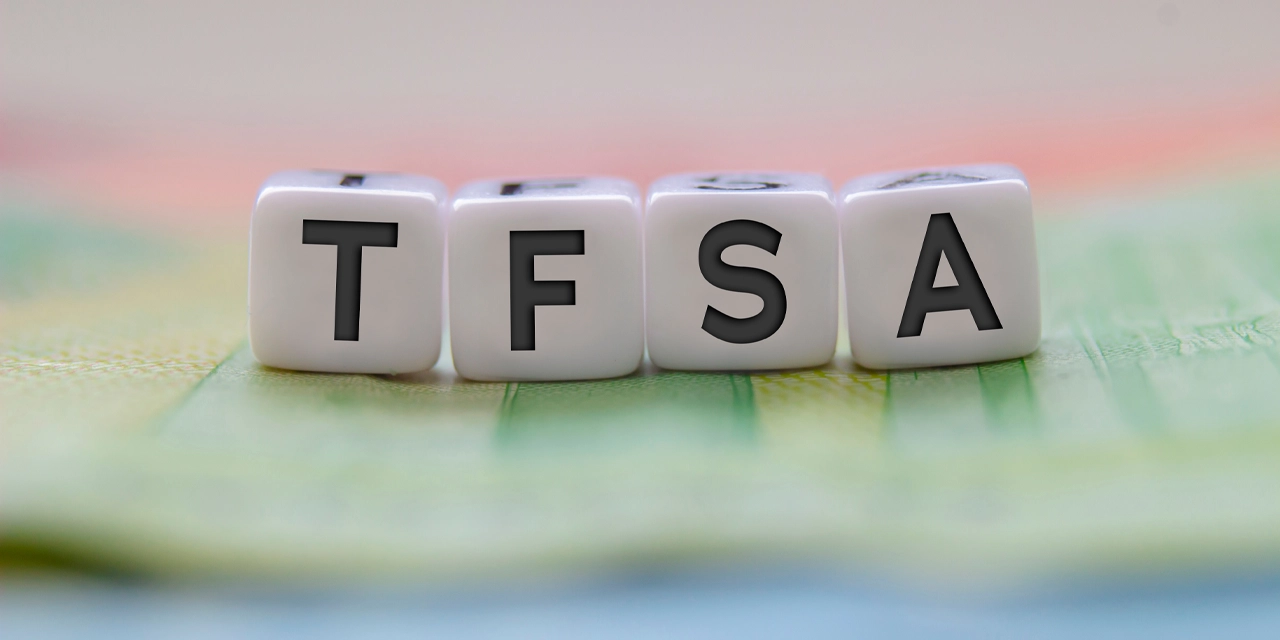By Ambrose O’Callaghan
A Registered Retirement Savings Plan (RRSP) is a registered account that is offered to Canadian citizens that is designed to help them save and better prepare for their eventual retirement. This registered account was first introduced in 1957 to promote retirement savings for employees and those who were self-employed. The RRSP affords Canadians considerable flexibility when it pertains to the investments that can be contained therein. Some of the approved assets include guaranteed investment certificates (GICs), bonds, income trusts, corporate shares, foreign currency, and exchange-traded funds (ETFs), to name a handful.
Contributions can be made to an RRSP over the course of a year. Naturally, contribution deadlines do vary from year to year. Today, I want to cover three things every Canadian investor should know about the RRSP contribution deadline. Let’s jump in.
1 | RRSP Deadline: The When
Canadian savers and investors should always circle RRSP deadline day. Some Canadians may wait until the very last few weeks to cross off this task. After all, the period after the New Year is often when many Canadians will file their taxes and get a clearer picture of how their budget has shaken out over the previous year of their life.
The RRSP contribution deadline for the 2024 tax year is March 3, 2025. The first contribution period stretched from March 1, 2024 to December 31, 2024, stretching from the end of the prior RRSP contribution period to the end of the technical calendar year. Whereas the second contribution period covers the final two months that Canadians may still make 2024 contributions, even though we are in the 2025 calendar year.
2 | Tax implications
Canadians will receive two separate receipts if they make RRSP contributions in both periods. The first receipt will be for contributions made between March 1 and December 31, 2024 while the second receipt will be for contributions made between January 1, 2025 and March 3, 2025. Canadian investors must claim both amounts on their 2024 income tax return. You should wait to file your taxes until you receive the second RRSP tax slip.
The carry forward option applies to all RRSP contributions, regardless of when they are executed. Of course, Canadian account holders must declare these contributions on their taxes the year that they make them. However, you do not need to use them as deductions for that year.
3 | When to make your RRSP contribution
Before you make an RRSP contribution, it is worth consulting your most recent Notice of Assessment on your CRA My Account. That way, you can see whether you have remaining contribution room for the year you are in. Indeed, exceeding your RRSP contribution limit can result in tax penalties.
Canadian investors who are looking to contribute by March 3, 2025 should consider their options in the ETF market.
The Harvest Diversified Monthly Income ETF (HDIF:TSX) is designed to deliver consistent monthly income and diverse growth opportunities from a portfolio of Harvest Equity Income ETFs. That way, investors get the advantage of a one-stop diversified core monthly income solution. It employs modest leverage at 1.25x to enhance monthly income and boost growth potential. HDIF last paid out a monthly cash distribution of $0.0741 per unit.
Harvest Balance Income ETFs provide exposure to large-cap equities and investment grade bonds, trending towards a traditional 60/40 equity to fixed income asset allocation. The is the Harvest Balanced Income & Growth ETF (HBIG:TSX), which holds Harvest Equity Income ETFs and Harvest Fixed Income ETFs. Meanwhile, the Harvest Balanced Income & Growth Enhanced ETF (HBIE:TSX) offers access to the same portfolio as HBIG, while employing modest leverage at 25% for even higher income and growth potential.
The Harvest Diversified High Income Shares ETF (HHIS:TSX) holds a portfolio of Harvest High Income Shares ETFs, 7 levered and 2 un-levered. Harvest High Income Shares ETFs provide access to top US stocks and aim to generate high levels of monthly income by applying a covered call strategy and modest leverage on the Enhanced High Income Shares.
Disclaimer
Commissions, management fees and expenses all may be associated with investing in Harvest Exchange Traded Funds (managed by Harvest Portfolios Group Inc.). Please read the relevant prospectus before investing. The funds are not guaranteed, their values change frequently, and past performance may not be repeated. The indicated rates of return are the historical annual compounded total returns (except for figures of one year or less, which are simple total returns) including changes in unit value and reinvestment of all distributions and do not take into account sales, redemption, distribution or optional charges or income taxes payable by any securityholder that would have reduced returns. The content of this article is to inform and educate and therefore should not be taken as investment, tax, or financial advice. Current yield should not take as historical performance. It is a portfolio metric that assumes that the most recent distribution remains constant for next 12 months. So, it is the most recent month’s distribution multiplied by 12 and divided by the closing price of the ETF on the date the current yield was calculated.











